I'm hacking away at a small website project, trying use HTML and CSS only for now, and am pretty happy with the desktop version but when testing on my iPhone I can expand the hamburger menu with a click but it will not collapse upon clicking it a second time or clicking outside the screen. It seems relatively easy to solve with jquery but I'm really curious now to see if I can do it without?
HTML:
<!DOCTYPE html>
<html>
<head>
<title>Website</title>
<!--fonts-->
<link href='http://fonts.googleapis.com/css?family=Raleway:400,100,200,300,500,600,700,800,900' rel='stylesheet' type='text/css'>
<link href='http://fonts.googleapis.com/css?family=Lato:100,300,400,700,900,100italic,300italic,400italic,700italic,900italic' rel='stylesheet' type='text/css'>
<!--//fonts-->
<link href="css/bootstrap.css" rel="stylesheet" type="text/css" media="all" />
<link href="css/style.css" rel="stylesheet" type="text/css" media="all" />
<!-- for-mobile-apps -->
<meta name="viewport" content="initial-scale = 1.0,maximum-scale = 1.0" />
<meta http-equiv="Content-Type" content="text/html; charset=utf-8" />
<meta name="keywords" content="Personal Website" />
<!-- //for-mobile-apps -->
</head>
<body>
<header>
<a href="index.html" id="logo"></a>
<nav>
<a href="#" id="menu-icon"></a>
<ul>
<li><a href="#about">ABOUT</a></li>
<li><a href="#">WORK</a></li>
<li><a href="#">BLOG</a></li>
<li><a href="#">CONTACT</a></li>
</ul>
</nav>
</header>
CSS:
@media only screen and (max-width : 640px) {
header {
position: absolute;
}
#menu-icon {
display:inline-block;
}
nav ul, nav:active ul {
display: none;
position: absolute;
padding: 20px;
background: #fff;
border: 5px solid #444;
right: 20px;
top: 60px;
width: 50%;
border-radius: 4px 0 4px 4px;
}
nav li {
text-align: center;
width: 100%;
padding: 10px 0;
margin: 0;
}
nav:hover ul {
display: block;
}

